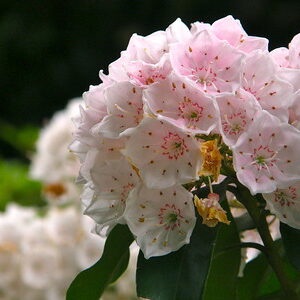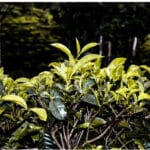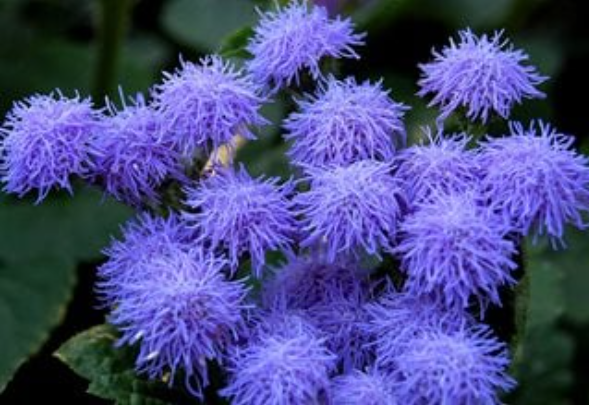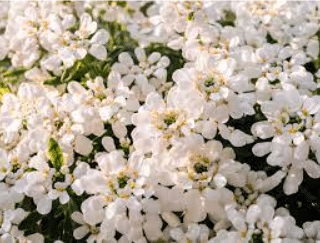Beauty of Eastern North America -Erakina.
If you are a flower lover you will not regret reading this article in which you will get familiar with this really gorgeous plant. Let’s explore in detail.
Scientific classification
Kingdom: Plantae
Clade: Tracheophytes
Clade: Angiosperms
Clade: Eudicots
Clade: Asterids
Order: Ericales
Family: Ericaceae
Genus: Klamia
Species: K. latifolia
Characteristics
Kalmia latifolia commonly known as Mountain laurel, Calico bush, Ivy bush, Laurel, Mountain ivy, Sheepkill and Spoonwood, is a gnarled(knobbly, rough and twisted) shrub or small tree which are usually found in Eastern North America. They are found in different habitats such as open
rocky or sandy woods, cool meadows(a piece of grassland), balds, mountain slopes, woodland margins, and acidic forest. It grows slowly up to 6 to 10 feet tall. It is a dense, rounded shrub opening up and generating gnarly branches with age. In the slopes in the Appalachian mountains, it is seen to grow 32 feet tall as a small tree which is very rare. The Swedish botanist linnaeus named the genus after another Swedish botanist Peter Kalm who discovered plant life in parts of Eastern North America.
Kalmia has the tolerance capacity to be in from full sun to full shade but mostly prefers partial shade with cool, moist, acidic, humus rich, well drained soil. Heavy clay soil or waterlogged soil is unpreferable for their growth. Removal of damaged flowers and branches is done to maintain the proper growth of the bush.
It produces flowers in late spring to early summer, and its buds and fruits are showy(having a striking appearance) it is popularly known for its captivating spring flowers and broad foliage throughout the year.
Growing and caring of Mountain laurel
Start planting Mountain laurel from spring to summer when all the danger of frost has passed. Use soil that is cool, moist and well drained and acidic in PH. They prefer partially shaded areas but are also tolerant to full sun. avoid planting them in the area where wind blows speedily.
Always remember not to plant these shrubs too deeply, the shrub’s crown(the spot where trunk and root meets) should not be buried. Burying the crown can make the plant dead. Make use of wood chips or evergreen bark mulch to keep them moist and acidic and water them well. Plant food specifically made for acid-loving shrubs such as rhododendron food should be used to feed the mountain laurel in spring.
Removal of flower clusters after they finish blooming is very necessary. Pruning(trimming by cutting away damaged or dead parts of plants) is also important to keep the shrub full and bushy.
Light: Mountain laurel grows well in partial shade, full-sun turns the green leaves into yellow color and deep shade can lower the flowering and cause leaf spots.
Soil: moist, well drained and acidic soil is favourable. Their habitat includes wooded areas near swampy zones. It does not like heavy clay soils.
Fertilizer: Azaleas and rhododendrons are some of the acid- loving formulated fertilizers which are helpful for the quick growth of the mountain laurel.
Propagating
They can be easily propagated by rooting stem cutting method, but a patience of several months is needed. Take around 5 to 6 inch of cutting off the current growth of the plant and remove the leaves from the bottom of the plant from where it was cut. Carve over the base of each cutting from the bottom to around 1 inch up. Use the rooting hormone to dip the end of the cutting and then plant it in the potting soil. Keep it in bright sunlight at the early stage of its growth and also make sure to keep the soil moist and warm. It will take around 6 to 7 months to grow. After the root system developed properly, now it is prepared to be transferred into the landscape.
Uses of Mountain laurel
Although the plant gives such beautiful flowers, it’s a very toxic plant possessing a lot of poisonous properties.
It is known that the indian tribes of native North America used the poisonous leaves of the plant to commit suicide. Due to the toxic properties it possesses, it is very rarely used in modern herbalism. But the leaves have been in use for several years to treat various skin diseases and inflammation.
The leaves are analgesic(relieves pain), astringent(responsible for contraction of tissues and skin cells), disinfectant, narcotic, salve(substance used to promote the healing of the skin), sedative(promoting calm sleep). Substance made from the leaves used to treat scratches, pain, rheumatism and inflammations.
Also used for internal curing such as active hemorrhages, flux(the abnormal discharge of blood from or within the body) and diarrhoea. Several severe diseases such as syphilis, inflammatory fever, neuralgia, paralytic conditions, tinnitus(buzzing in the ears) and angina(severe pain in chest) can also be cured using the plant.
The leaves should be used with utmost caution and care with the guidance of a well knowledged and experienced specialist.
It can cause great deal of damage when used carelessly and extra doses can cause vertigo, loss of sight, headache, slow pulse, thirst and breathing problems.







